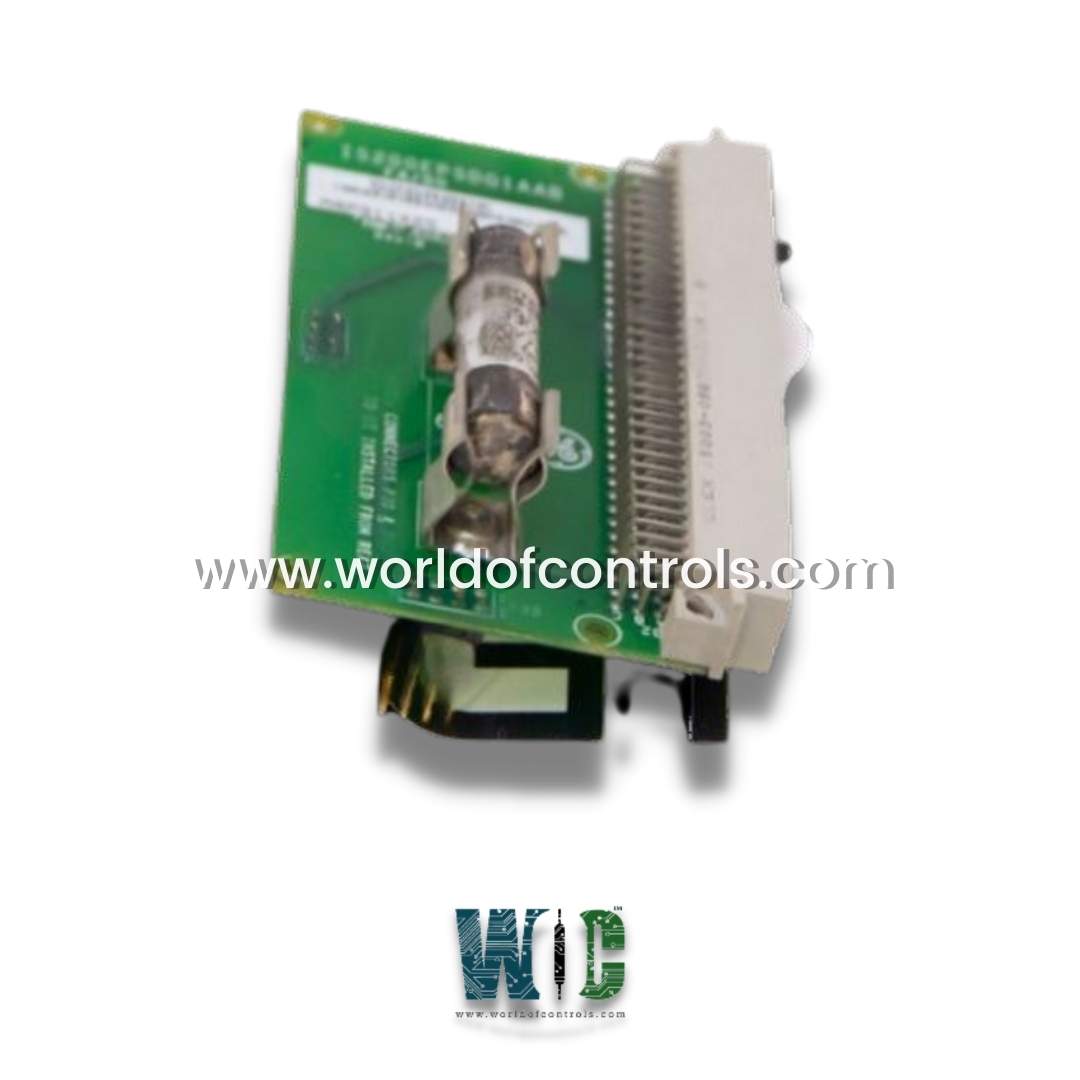
World Of Controls understands the criticality of your requirement and works towards reducing the lead time as much as possible.
IS200EPSDG1A - Exciter Regulator Power Supply Daughterboard is available in stock which ships the same day.
IS200EPSDG1A - Exciter Regulator Power Supply Daughterboard comes in UNUSED as well as REBUILT condition.
To avail our best deals for IS200EPSDG1A - Exciter Regulator Power Supply Daughterboard, contact us and we will get back to you within 24 hours.
SPECIFICATIONS:
Part Number: IS200EPSDG1A
Manufacturer: General Electric
Series: EX2100e
Product Type: Exciter Regulator Power Supply Daughterboard
Number of channels: 12
Input span: 4-20 mA
Technology: Surface Mount
Common Mode Voltage Range: ±5 V
Maximum Lead Resistance: 15Ω
Analog output current: 0-20 mA
Operating temperature: -30 to 65 °C
Size: 8.26 cm high x 4.19 cm
Repair: 3-7 Day
Availability: In Stock
Country of Origin: United States
FUNCTIONAL DESCRIPTION:
IS200EPSDG1A is an Exciter Regulator Power Supply Daughterboard manufactured and designed by General Electric as part of the EX2100e Series used in GE Excitation Control Systems. EPSD Group 1 modules (EPSDG1) are utilized in the excitation control system, whereas EPSD Group 2 modules (EPSDG2) are used to control the regulator. EPSDG2 has an IS200EPSDG_A Exciter Regulator Power Supply Daughter board (EPSD) placed on it. The EPSM consists of two basic sections: a buck regulator and a push-pull inverter. The buck regulator turns the input voltage into a 50 V dc intermediate voltage. This intermediate voltage is then applied to a push-pull inverter, which generates the necessary various output voltages. The push-pull inverter's transformer isolates the input voltage source from the output delivered to the control system at high voltage levels.
EPSDG2 transforms the dc link bus voltage to the voltages required for EX2100e regulator control. In simplex systems, a single EPSdG2 is installed in the IS200ERBPH_A Exciter Regulator Backplane. In redundant systems, one EPSDG2 is installed in ERBP (M1) and another in the IS200ERRBH_A Exciter Regulator Redundant Backplane (ERRB, M2/C). The EPSD installed on EPSDG2 alters the power input path, allowing it to accept higher voltages by increasing creep and clearance. It also includes a fuse between the regulator's power source (DC connection) and the buck regulator. The EPSDG2 provides +5 V, ±15 V, and +24 V DC to the ERBP and ERRB. External modules also receive power in the following ways:
WOC has the largest GE Excitation Control System Replacement Parts stock. We can also repair your faulty boards. WORLD OF CONTROLS can also supply unused and rebuilt backed-up with a warranty. Our team of experts is available round the clock to support your OEM needs. Our team of experts at WOC is happy to assist you with any of your automation requirements. For pricing and availability on any parts and repairs, kindly get in touch with our team by phone or email.
What is the purpose of the Exciter Regulator Power Supply Daughterboard?
The daughterboard is designed to regulate and supply power to the exciter unit within a larger electronic system. It ensures stable and controlled voltage delivery to the exciter, which is critical for its performance.
How does the Exciter Regulator Power Supply Daughterboard function?
The daughterboard receives an input voltage from the main power source and employs electronic components such as voltage regulators to output a consistent voltage required by the exciter. This ensures the exciter operates reliably and efficiently.
How do I troubleshoot issues with the Exciter Regulator Power Supply Daughterboard?
Common troubleshooting steps include checking input voltage levels, inspecting for loose connections or damaged components, verifying regulator functionality, and ensuring thermal management is adequate.